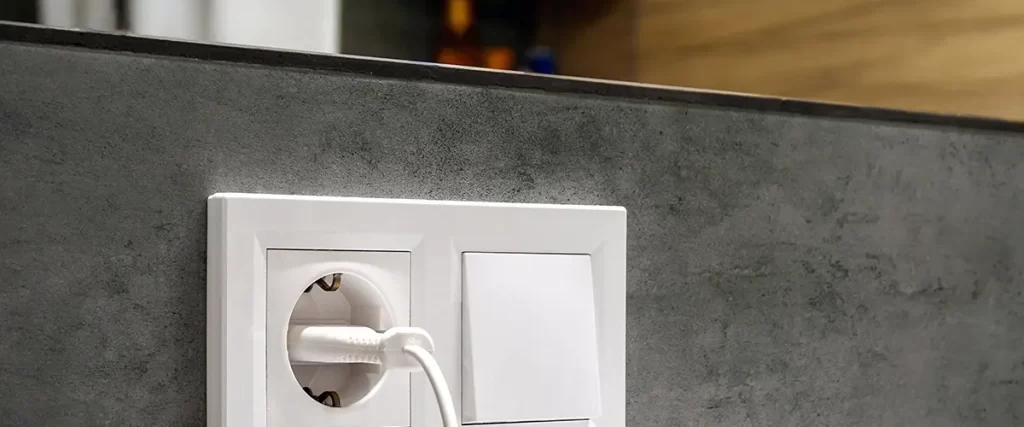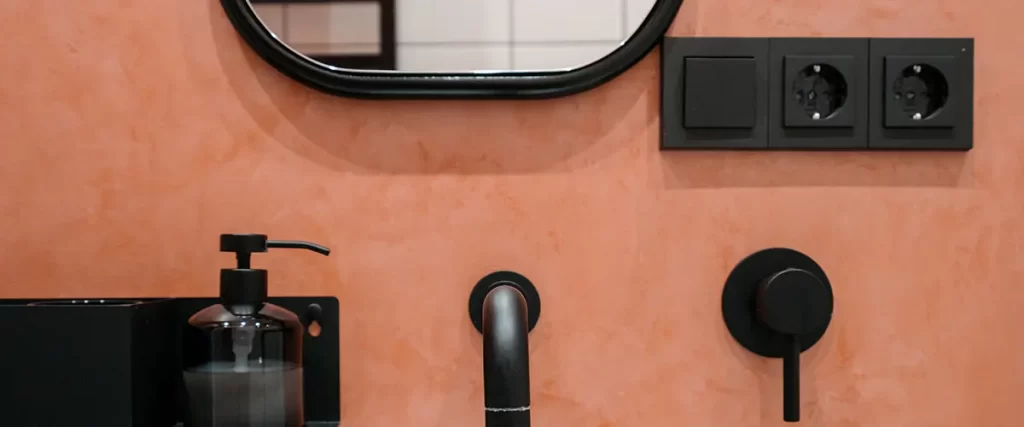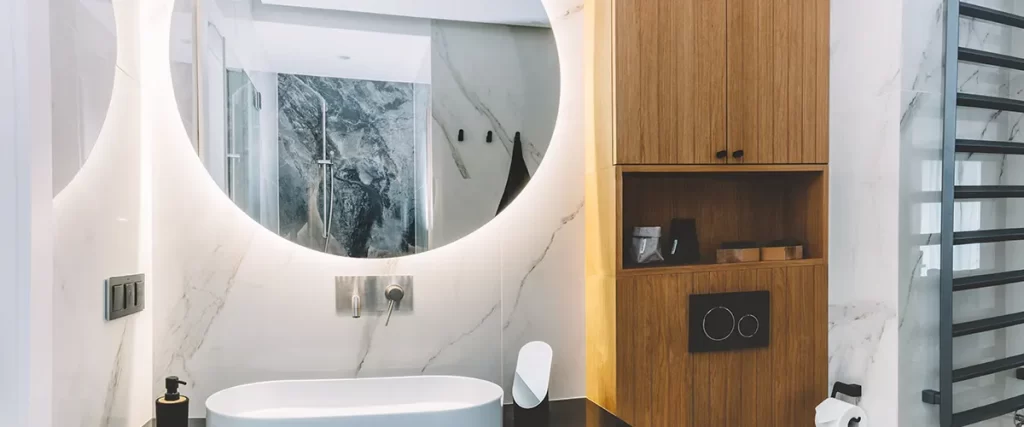
Placing electrical outlets in bathrooms
Bathrooms are one of the most important spaces in a home, and they can also be one of the most challenging spaces to wire correctly. Electrical outlets in bathrooms are essential for powering hair dryers, shavers, and other electrical devices, but they can also add to the aesthetics of the room if placed correctly.
Here are some tips for placing electrical outlets in your bathroom:
- Place electrical outlets on walls that are adjacent to countertops or vanities. This will make it easy to plug in electrical devices without having cords running across the floor.
- If possible, place electrical outlets inside cabinets or vanities. This will keep cords hidden and out of sight.
- Use recessed electrical outlets. These outlets are flush with the wall, making them less visible.
- Strategically place outlets so that they're hidden behind cabinets or mirrors.
- Use GFCI (ground fault circuit interrupter) outlets near water sources. These outlets will help prevent electrical shocks in wet areas.

GFCIs in bathrooms
- This is a longer piece of content showcasing benefits or talking about a thing
- This is another even longer piece of content showcasing benefits or talking about another thing. If it rolls on to two lines you can use the class list-icon-top to move all icons to top
- This is the last thing added here just for emphasis that you can build multiple lists
When using GFCIs in your bathroom, it’s important to make sure they’re properly labeled and easy to access. This will help ensure that everyone in your home knows where they are and how to use them.
It’s also important to test your GFCIs regularly to make sure they’re working properly. You can do this by plugging a lamp into the outlet and then pushing the “test” button. If the lamp goes off, the GFCI is working properly. If the lamp doesn’t go off, you’ll need to reset the GFCI by pushing the “reset” button.
Use outlet covers and extension cords
Outlet covers and extension cords can be used to create a more polished look in your bathroom. Outlet covers are simple plastic or metal plates that cover electrical outlets. They come in a variety of colors and styles, making them a versatile way to add some personality to your bathroom.
Extension cords are also a great way to hide electrical outlets. They can be used to run electrical devices from hidden outlets to where they’re needed. Extension cords come in a variety of lengths, so make sure to choose one that’s long enough to reach the desired location.
Match the style of your outlets to the overall aesthetic of your bathroom
When it comes to electrical outlets in your bathroom, it’s important to choose a style that matches the room’s overall aesthetic. This will help to avoid cluttering up the space and keep the room looking polished and cohesive.
Here are some tips for matching outlet styles to your bathroom:
- Use traditional electrical outlets in more traditional bathrooms
- Use GFCI outlets in more modern bathrooms
- Use recessed electrical outlets in more minimalist bathrooms

Don't forget about other electrical features like exhaust fans and lighting
Along with electrical outlets, there are other electrical features to consider when planning your bathroom remodel. Here are a few to think about:
Exhaust fans: they help remove moisture and unpleasant smells from the bathroom. They’re a great way to keep the room feeling fresh and clean.
Lighting: good lighting is essential in any bathroom. It can help you see better when applying makeup or shaving, and it can also make the space feel more inviting.
Heated floors: they are a luxurious addition to any bathroom. They’ll keep your feet warm and toasty, even on the coldest days.
When planning electrical features for your bathroom, it’s important to consult with a qualified electrician. They can help you determine the best placement for electrical outlets, exhaust fans, and other features.

Electrical Code Requirements
Bathrooms present a unique set of electrical code requirements. Most electrical code requirements are based on the Ontario Electrical Code. Here are some of the most important ones to keep in mind:
- GFCIs are required in all bathrooms
- Outlet covers are required in all wet areas
- Dedicated circuits for bathrooms are required
- Extension cords are not allowed in bathrooms
- Bathroom electrical codes vary by area
It’s important to follow all local codes when it comes to electrical outlets in your bathroom. This will help ensure the safety of you and your family.
While the code suggests that bathrooms must have a dedicated circuit, your local jurisdiction may allow it, so check with your local building inspections on this. If you’re unsure about if you should have a separate circuit or what codes apply to your situation, consult with a qualified electrician. They can help you navigate the code requirements and find the best solution for your bathroom outlets.
Conclusion

